We answer this intriguing question
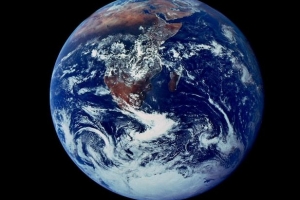 Solar System
Solar System

 Solar System
Solar System
We answer this intriguing question
 Space Exploration
Space Exploration
The man without whom NASA might never have made it to the Moon.
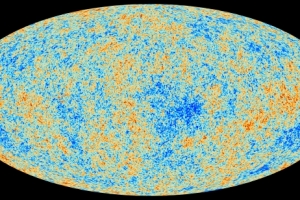 Deep Space
Deep Space
Is this one of the ways the universe could end?
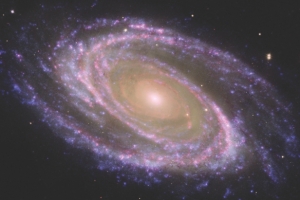 Deep Space
Deep Space
Is there such a thing as a ‘galactic habitable zone’?
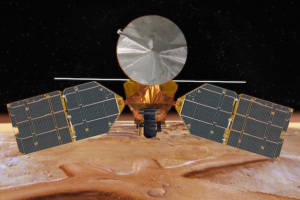 Solar System
Solar System
The discovery of evidence for ancient seafloor hydrothermal deposits on the Red Planet identifies an area that may offer clues on the beginning of life
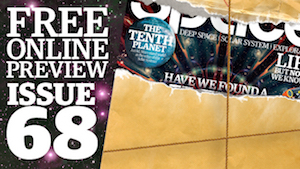 News
News
Welcome to the universe where time runs backwards in the latest issue of All About Space, available now from all good supermarkets and newsagents
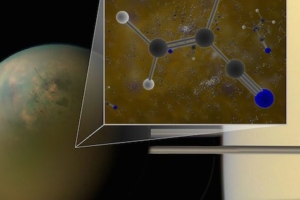 Solar System
Solar System
Archival data has confirmed that molecules of vinyl cyanide reside in the atmosphere of the ringed planet’s satellite
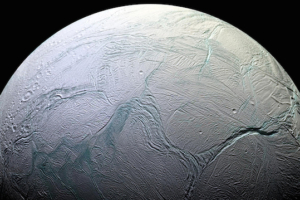 News
News
Scientists have discovered hydrogen gas in the plume of material erupting from Enceladus
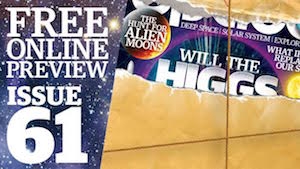 News
News
Find out if the Higgs boson will destroy the universe in the latest issue of All About Space – out now!
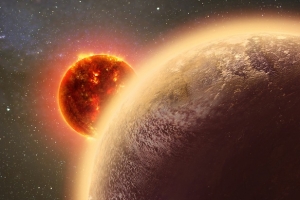 News
News
New research suggests that GJ 1132b’s atmosphere has a thin wispy atmosphere baked to a temperature of around 450 degrees Fahrenheit
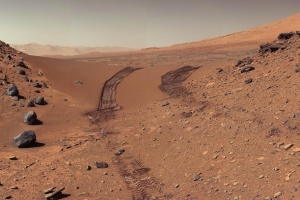 News
News
A team of astrobiologists descended below our planet’s surface looking for answers about life on other worlds
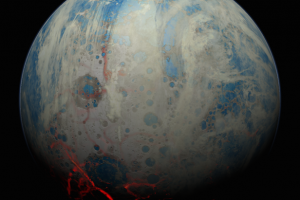 News
News
In the first billion years of Earth’s history, the planet was bombarded by primordial space rocks, while a faint Sun provided much less heat
 News
News
Young stars much less massive than the Sun can unleash a torrent of radiation that can significantly shorten the lifetime of planet-forming discs
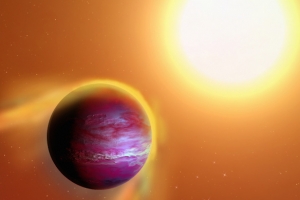 News
News
Astronomers searching for the galaxy’s youngest planets have found compelling evidence for one unlike any other
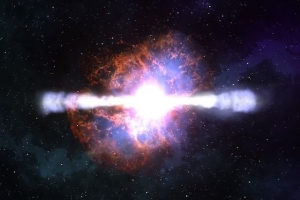 News
News
Evidence of a series of massive supernova explosions near our Solar System, which showered our planet with radioactive debris, has been found
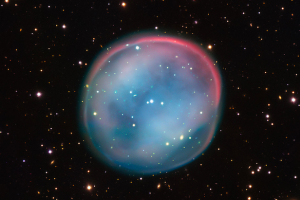 News
News
Hauntingly glowing in the darkness of space, the planetary nebula ESO 378-1 cuts an eerie figure
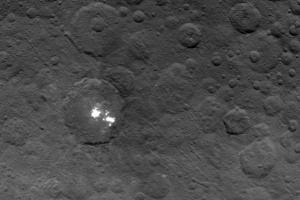 News
News
The bright spots on the dwarf planet have become even more tantalising
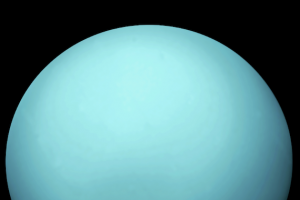 Solar System
Solar System
We take a look at the answer to this intriguing question
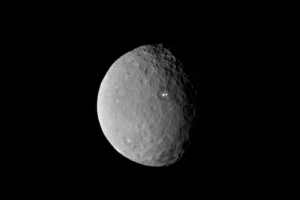 Solar System
Solar System
Here’s some things that you probably don’t know about the dwarf planet
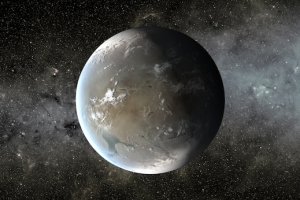 Deep Space
Deep Space
We spoke to Professor Abel Méndez at the Planetary Habitability Laboratory at the University of Puerto Rico at Arecibo, to learn more about the potential for life on super-Earths